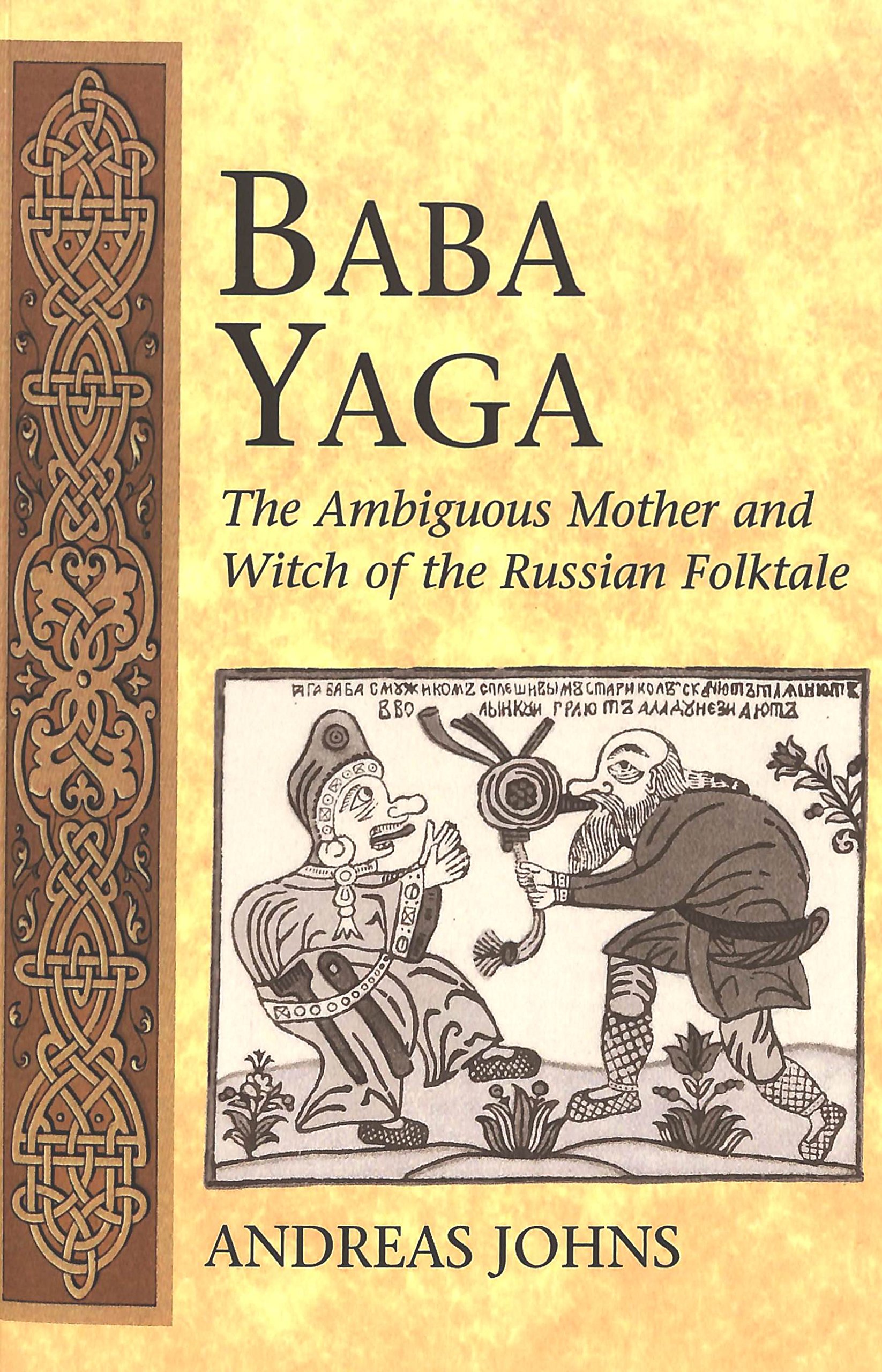Psychologists have long thought that the presence of witches, evil stepmothers, and ogresses in fairy tales are a result of splitting the mother into two versions-one good and one bad. It's hard for young children, as concrete thinkers, to understand that their mother who loves and cares for them can also be the one to scold them and sometimes lose their patience. Andreas Johns explores this concept more thoroughly as it relates to Baba Yaga as a mother figure.
All children must, as they grow, learn to find their identity as independent of their primary caretaker, which in most cultures in history has usually been the mother, or other females. Interestingly, in Russia, peasant families often lived together in large houses with extended family. Although children weren't raised completely communally and still had a significant relationship with their birth mother, aunts and cousins and sisters would have likely played more of a role in raising children than in Western cultures. This could help to explain the multiple, and contradicting, faces of a mother figure.
The correlation between Baba Yaga and a mother is often made clear. Sometimes the hero of the tale refers to her as "mother," sometimes the text makes specific contrasts between the hero's mother at home and Baba Yaga-as the one weeps outside her hut for her son, Baba Yaga brings the boy to her hut to harm him. One version notes that Yaga "spoke like his mother," for she listened to how his mother spoke and imitated it.
The parallel between Baba Yaga and the mother is even more interesting with tales in which Yaga attempts to cook the hero in an oven. The oven has similarities to a womb, according to psychoanalysts. Russian customs support this idea. To ease the pain of childbirth, one trick was to open an oven door. Also, a wedding custom of a certain province included riding around with a broom and an oven door, to symbolize the loss of a bride's virginity. A Russian proverb states "the oven is our mother." It becomes clear that Baba Yaga, in attempting to put the hero of a tale into an oven, is also trying to put him back into her womb. This could be seen as a way for mothers to express the frustrations of raising children, or possibly represents the idea of a mother trying to prevent a child from growing older. "In many ways Baba Yaga is a reversal or inversion of the hero's mother. The mother is good, gives birth to a boy, and feeds him; Baba Yaga is evil, wants to force the boy back into the oven (a symbolic womb), and eat him."
Johns says incest could be one of the complications of the mother-son relationship that this tale explores. I'm always wary of psychologists who automatically assume the meaning of every fairy tale relationship must be sexual, and statistically, far fewer boys are molested in childhood than girls (as far as we are aware, it's a difficult issue to get data on). Still, the fact is, incest does happen, even between mothers and their sons; even what isn't common still needs to be dealt with.
 Another explanation for the emphasis on the mother-son relationship, and one that I think is more widely applicable, is the fact that, as children establish their own identity as mentioned above,it is more difficult for a son to separate himself into a separate gender than the one who raised him. This causes unique issues, and is sometimes expressed in negativity about the female gender (and probably part of the reason that even today, doing something "like a girl" is considered doing it poorly, while "being a man" has good connotations.
Another explanation for the emphasis on the mother-son relationship, and one that I think is more widely applicable, is the fact that, as children establish their own identity as mentioned above,it is more difficult for a son to separate himself into a separate gender than the one who raised him. This causes unique issues, and is sometimes expressed in negativity about the female gender (and probably part of the reason that even today, doing something "like a girl" is considered doing it poorly, while "being a man" has good connotations.However, how does this line of thought compare to Western tales? Although we have Gretel, it isn't her that the witch wants to eat. Although you could really look at the Rapunzel tale as being a story about a mother trying to stunt her daughter's growth into a woman.
Also interesting to note: Russian lullabies tend to be especially morbid, often singing about the death of the child. Read more on the topic here, but here's a sample:
Bye-bye, bye-bye,
Quickly die,
On the morning will be frost,
And you’ll go to the grave-yard.
Grandfather will come
And will bring the coffin.
Grandmother will come
And will bring the grave clothes.
Mother will come
And will sing the prayer song.
Father will come
And will take you to the graveyard.
Art by Antonina Medvedeva





Wonderfully interesting post! I didn't know any of the stuff about the meaning of ovens in Russia. That really does put a new perspective on some fairy tales. It's amazing how each country has its own symbolism, and how that affects their stories. Also the lullaby is creepy, but reading the information on the link I can see why they have songs like it, and again it's part of their unique culture. Still feels like a very eerie thing to sing to a child, though!
ReplyDelete